Announcements
Drinks

Climate-change risk framework: introducing issuer-specific Key Climate Risk Indicators
KCRIs can be used to assess the impact of climate-change risk on structured finance, covered bond and project finance transactions, as well as the creditworthiness of corporate, financial institution, sovereign and public sector issuers.
Climate-risk assessment is fraught with timing, magnitude, and policy response uncertainty, which challenges traditional credit analysis and financial risk modeling. Assessing climate-change risk brings with it multiple challenges: policy and regulatory uncertainty, technological change, physical climate uncertainties, market and consumer behaviour, litigation risk, and lack of reliable, granular data on emissions, negative externalities, supply-chain exposures, and climate-related financial metrics.
“KCRIs can be used to identify issuers with high exposure to climate-change risk,” said Arne Platteau, ESG quantitative analyst. “They provide an input to assess the impact of climate change and they disclose the most relevant climate-change risk factors. Factoring climate risk into credit risk assessments can help capture long-term risks that may not be reflected in shorter-term financial metrics or current analytical practices; and accurately estimate risks that can impair asset value, cash flow, or a borrower's ability to repay.”
Integrating climate-change risk into credit assessment requires a careful articulation of relevant analytical horizons. The way climate-change risk materialises can be very different across alternate asset classes. “Notwithstanding such disparities, it is important to consider climate-change risk as consistently as possible. This is particularly important for investors faced with complex investment decision over several asset classes,” Platteau added.
Our climate-change risk framework does not provide details on how climate-change risk is integrated into specific asset classes but aims to establish a common set of principles to deal with the challenges listed above. Dedicated Supplements describing the detailed application of the general framework to produce KRCIs for each asset class will be published to complement the general framework. When it comes to double materiality, our climate-change risk framework only addresses outside-in risk aspects and focuses mostly on environmental factors.
We consider two main categories of risk with regard to climate change: physical risk and transition risk. Physical risk includes changes in temperature or sea level rise; acute physical risks entail extreme weather events (such as floods, wildfires, subsidence, tropical cyclones). Transition risk include changes in regulations, technology, and consumer and investor preferences.
Both are expected to lead to greater risks through macroeconomic and microeconomic transmission channels, each of which can lead to changes in credit risk over the long term, for example by increasing default probabilities of households or firms or by decreasing the value of collateral, which also impairs credit quality.
“Our innovative framework distinguishes itself through its comprehensive scope, combining scenario-based analysis, quantitative methodologies, while avoiding double counting, and a materiality-driven lens for risk identification and prioritization,” Platteau said.
“By embedding these principles, the framework aims to bring greater coherence, transparency, and comparability to how climate risks can be factored into credit evaluations across sectors and geographies. Ultimately, Scope’s framework should serve to advance the analytical conversation on how and where to reconcile the systemic risk-return calculus around climate, with individual risk-return considerations.”
Note: this framework does not constitute a rating methodology; it is a general framework that can be used across different sectors to quantify climate-change risk and the production of KCRIs.






